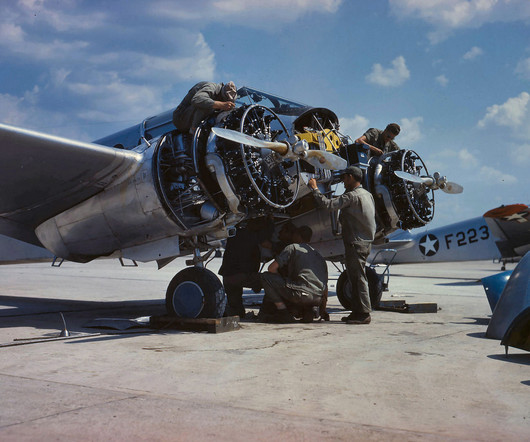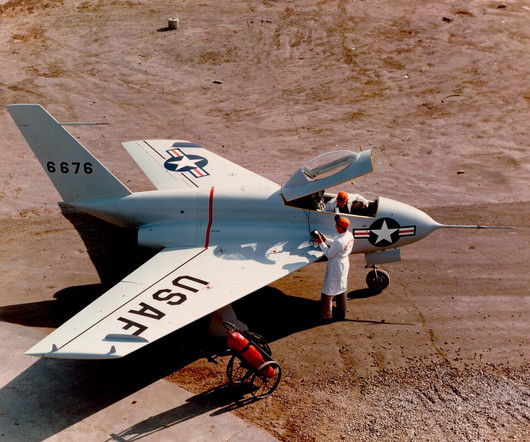Cadet Air Corps Museum AT-10 Restoration Report – Winter 2024
Vintage Aviation News
NOVEMBER 8, 2024
image via AirCorps Aviation) The horizontal stabilizer mounting area almost looks like a piece of furniture. image via AirCorps Aviation) Wooden spacers hold the vertical stabilizer in position as the assemblies are checked for proper fit and clearance. Clear and straight grain is necessary in this application.












Let's personalize your content